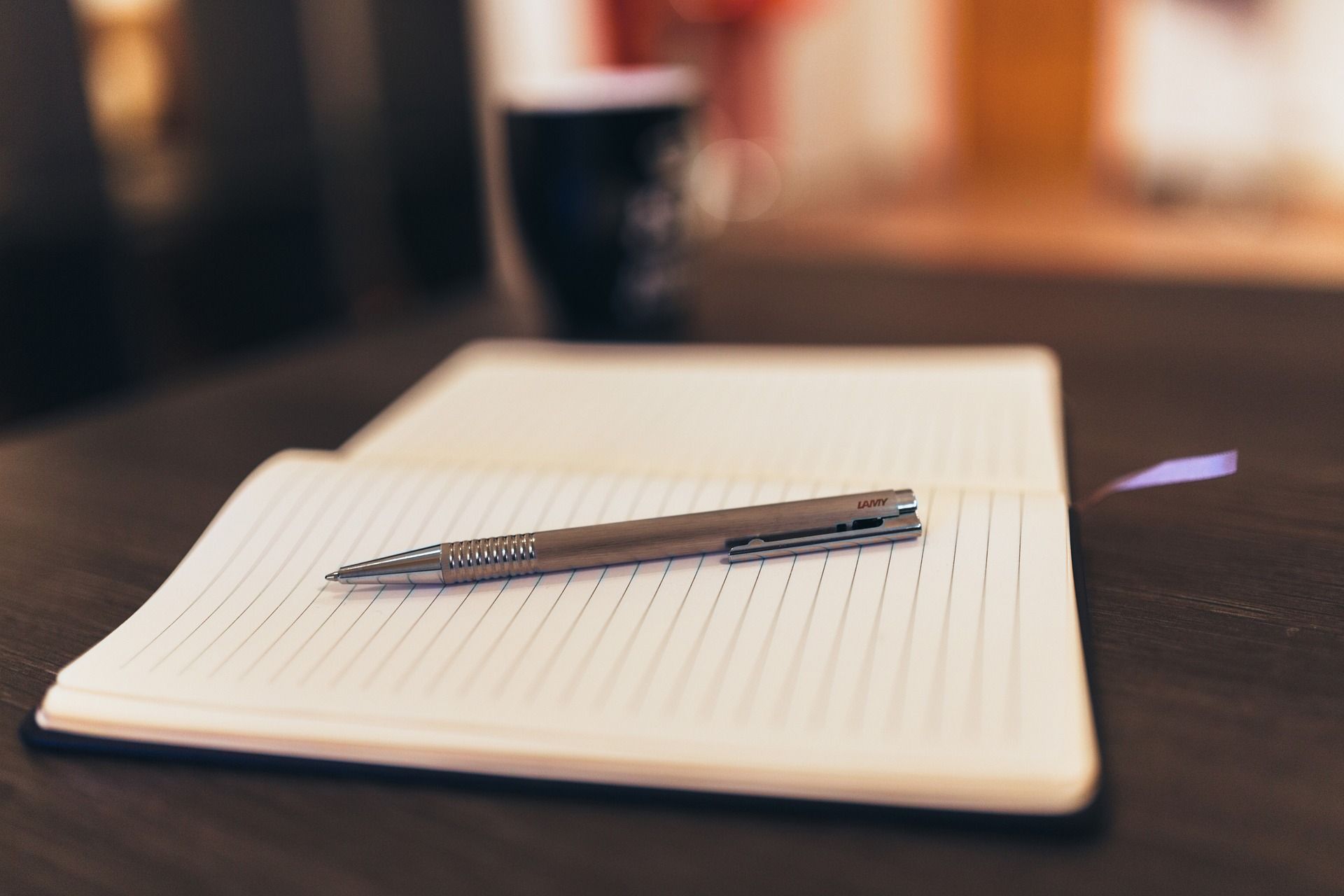
Performing music you’ve written yourself can be a very rewarding experience.
The art is in the creation, and original music is your first step towards your very own original product.
Unlike other professions, writing music doesn’t require any special level of expertise. The song ‘Amazing Grace’, which is performed 10 millions times annually, was written by a slave trader who had an epiphany and became a priest. There are countless other stories of popular songs that were written by people with no great level of knowledge or expertise.
To start writing straight away without a spark of motivation can be difficult, so it helps to introduce a basic framework to make the process easier.
I will focus only on the melody, as many people agree that it’s the most important aspect of a piece of music.
We can use 2 individual musical phrases to compose a melody.
For this framework, let’s propose each phrase consists of 4 bars of music. This gives us a total of 8 bars, which is the standard for a typical melody.
When constructing our framework, we can apply any of the following rules before even starting with the music. This will make the songwriting process a lot easier and manageable.
Steps and Leaps
A melody can be built from either steps or leaps. A healthy melody contains a good combination of both steps and leaps.
A step means ascending or descending a scale chronologically (a whole or half step). A leap is an interval larger than a whole or half step (for example, an arpeggio).
Question / Answer
You can split each phrase up into a question and answer phrase. This means the first phase will have an inconclusive ending, which is then followed by another phrase with a conclusive ending.
This is easily achieved by using tension and release. In the first phrase, you can end on a scale degree that contains more tension. In the second phrase, you may want to end on the root note (tonic) of the scale which will offer a feeling of resolution.
The degrees of a major scale that contains more tension are 5, 4 and 7. These are great notes to end on in the first phrase. For example, C major: C, D, E, F(4), G(5), A, B(7).
Repetition
A musical idea that is repeated in order to link the two phrases together.
This can be done with one or more musical ideas. If your first phrase consists of 2 musical ideas (A and B), you will need to repeat them in the second phrase in order to create repetition.
Contrast
Two musical phrases which differ, however still sound like like they belong together.
One way to use contrast effectively is to primarily use steps in the first phrase, and leaps in the second phrase.
Variation
A combination of repetition and contrast. Each phrase consists of some repeated material and some varied material.
For example, you may retain the same idea but change the pitch, or retain the same melody and change the rhythmic pattern.
Beat and Measures
Many guitarists like to compose alongside some form of drum track. This is the equivalent of establishing a time signature to operate within.
Most songs are composed in a 4/4 time signature, however you can base your composition on something else too, such as 2/4 or 3/4.
This will allow us to plan out each measure (a period of 4 beats for 4/4), before even starting with the note value and pitch. Keep in mind that a measure is the equivalent of 1 bar of music.
You may consider starting the first and last bar of each phrase (a period of 4 bars) with the root note of the scale (tonic). You can also plan out the amount of tension for each measure by using the notes from the major scale that I discussed earlier.
Keep a Journal
As a songwriter, you should constantly be listening to everyday conversation in search for words and phrases that you like.
Keep a diary on hand so that you can make a note of something that you like when you hear it, and start matching lyrics to your melodies.
By doing this, you will streamline the writing process when you actually want to sit down and write.
